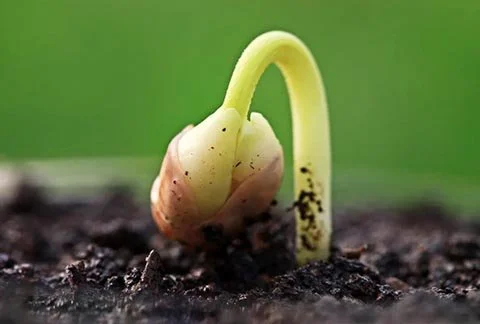Continuing Education Blog
Let Our Resident Professionals Guide You On Your Regenerative Adventure
Got Caterpillars?
"Explore effective natural and environmental strategies to control caterpillars in regenerative agriculture, including the use of neem oil and diatomaceous earth to promote healthy crops."
The USA Regenerative Agricultural Alliance Farm Campus
Explore the latest in regenerative agriculture at USARAAI Farm Campus, featuring heirloom tomato experiments, expanded pollinator gardens, and new sustainable agricultural projects.
The USA Regenerative Agricultural Alliance Farm Campus
Discover regenerative agriculture at USARAAI Farm Campus, where we restore lands and introduce sustainable farming and energy solutions to cultivate a greener future.
What is Scarification?
Learn about scarification in regenerative agriculture, a technique to enhance seed germination by breaking tough coatings using natural and assisted methods.
Understanding Tulips
Discover strategies for growing vibrant tulips using regenerative agriculture techniques, focusing on stratification for thriving plants year after year.
It’s Time to Plan For Next Year’s Strawberries
Prepare for strawberry season with our regenerative agriculture guide on propagating strawberries for a bountiful, eco-friendly harvest.
Are Tractors Necessary?
Explore the role of tractors in regenerative agriculture, learn about soil health benefits from minimal disturbance, and consider alternatives to heavy machinery.
Are you looking for more guidance?
Learn top regenerative agriculture strategies from experts like Allen Williams and Gabe Brown at our comprehensive summit for actionable sustainable farming insights.
Where do I begin?
Learn the basics of adopting regenerative agriculture. This guide covers transitioning from conventional farming, mentoring, and using natural processes to boost farm profitability and ecosystem health.
Seed Patents
Explore seed patents in regenerative agriculture. Understand how patenting genetic material affects traditional farming, biodiversity, and seed sovereignty.
Why Are Seedbanks Important?
Seedbanks are vital in regenerative agriculture for preserving genetic diversity through heirloom seeds. They safeguard plant varieties for future generations and promote sustainable farming.
Why Are Seedbanks Important?
Seedbanks play a crucial role in regenerative agriculture by preserving heirloom seeds and ensuring crop diversity. Learn why these genetic repositories are essential for sustainable farming and food security.
Appearances can be deceiving…
Discover the hidden dangers of conventional farming and how regenerative agriculture restores soil health for sustainable food production.
Heirloom tomatoes are delicious, but not disease resistant
Learn to grow heirloom tomatoes in regenerative agriculture. Discover their flavor, disease challenges, and how hybrids can help. Get tips on seed saving and disease management.
Tomatoes: Heirloom vs. Hybrid
Explore heirloom vs. hybrid tomatoes with our guide. Learn their traits and how they fit into regenerative agriculture for informed garden decisions.
Do you know where your straw came from?
Learn why sourcing clean straw and hay is crucial in regenerative agriculture. Discover how herbicide and pesticide residues affect plants and livestock, and how to avoid them.
A Success Story
Explore Jessie Dorrill's inspiring switch to regenerative agriculture, guided by experts Gabe Brown and Ray Archuleta. Discover how soil health practices and rotational grazing improved livestock health and farm efficiency.
The Regenerative Lawn
Explore regenerative lawn care by adapting to your yard's natural conditions. Embrace moss and mature trees for a healthier, low-maintenance outdoor space.
Why Lawns Suck (and a few alternatives)
Learn why traditional lawns fall short and switch to natural landscaping. Use moss carpets and hügelkultur to support regenerative agriculture and create a thriving ecosystem.
Biodiversity
Biodiversity is vital for Earth's sustainability and regenerative agriculture. Learn how diverse life forms maintain environmental balance and boost agricultural productivity.




























